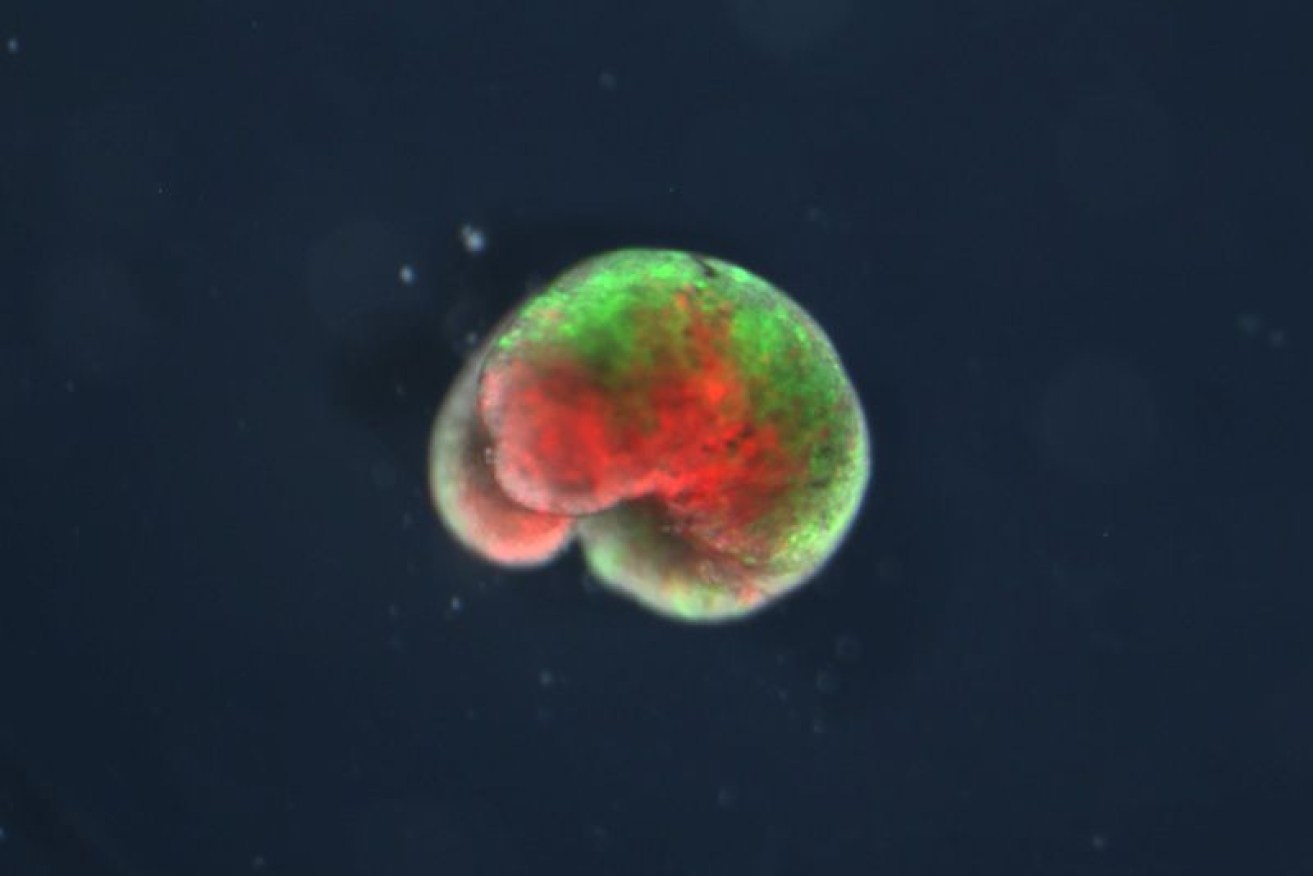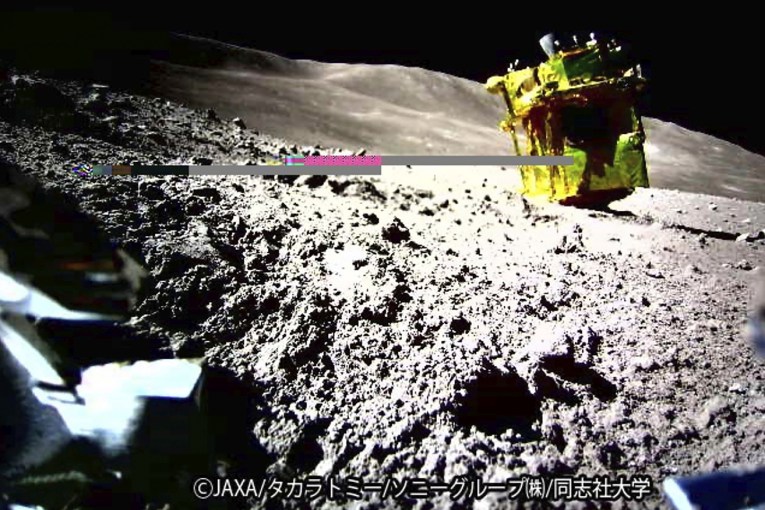Half frog, half machine: The rise of the xenobot


US researchers say they have, for the first time ever, designed "completely biological machines from the ground up." Photo: UVM
Just when you thought the world couldn’t get any spookier, say hello to the newly born xenobot, a new kind of living thing.
It’s hard to say with certainty who the father is.
Or maybe it’s just hard to admit what’s actually happened: Like a bright child making a weirdo companion from Play-Doh, artificial intelligence has mated with the living cells of a frog to create an eerie hybrid of life and machine.
In a statement from the University of Vermont (UVM), the researchers explain it this way: A team of scientists has repurposed living cells, scraped from frog embryos, and assembled them into entirely new life forms.

Professor Joshua Bongard describes his tiny motherless creatures as “neither a traditional robot nor a known species of animal. It’s a new class of artefact”. Photo: UVM
These millimetre-wide xenobots can live for weeks, travel about with intent, work in groups autonomously, and heal themselves after being cut.
The idea is they could be set sail in their billions to clean the oceans of microplastics.
The really smart ones could be stationed in your organs, where they’d carry out renovating surgery or deliver drugs.
“These are novel living machines,” says Professor Joshua Bongard, a computer scientist and robotics expert at the University of Vermont who co-led the research.
“They’re neither a traditional robot, nor a known species of animal. It’s a new class of artefact: A living, programmable organism.”
Darwin still in the driver’s seat
The “new creatures” were designed on the Deep Green supercomputer at UVM – and then assembled and tested by biologists at Tufts University.
The Deep Green supercomputer cluster at UVM’s Vermont Advanced Computing Core used an evolutionary algorithm to create thousands of candidate designs for the new life forms.
Essentially, the computer was told “here are your buildings blocks”, literally abstract cubes with the physical parameters and limitations of skin and heart cells of an African frog.
The computer was then given an assignment: Arrange the cells so they could move forward. Or side to side. Or herd tiny sheep (no kidding).

Just a few of the creatures to have evolved from a computer’s playful imagination. They don’t look like much, but they can dance when you ask them. Image: UVM
And this is where the Play-Doh analogy comes in: The computer would, over and over, reassemble a few hundred simulated cells into myriad forms and body shapes. Is this one OK? What about this one?
Following the same pattern as human beings leaving behind its long-dead ancestors, Homo Erectus and the other hominins that followed, some of the creatures were selected to survive, but the less-successful species went extinct and were tossed to oblivion.
Eventually, the most promising designs were selected for testing.
And this is where it gets spooky.
Because the next step was to bring those building blocks, those red and green cubes, to life.
Here the research shifted from the UVM supercomputer to the biology labs at Tufts University, where stem cells were harvested from the embryos of African frogs, the species Xenopus laevis. (from which the name “xenobot” is derived).
The cells were separated into single cells and left to incubate.
The creepy yet wondrous thing is, not kept apart, the cells clump together and try to make something of themselves.
Next step: A microsurgeon, Dr Douglas Blackiston, used tiny forceps and an even tinier electrode, to cut the cells and join them under a microscope into a close approximation of the designs specified by the computer.
“Assembled into body forms never seen in nature, the cells began to work together,” the researchers advise.
“The skin cells formed a more passive architecture, while the once-random contractions of heart muscle cells were put to work creating ordered forward motion as guided by the computer’s design, and aided by spontaneous self-organising patterns – allowing the robots to move on their own.
“These reconfigurable organisms were shown to be able move in a coherent fashion – and explore their watery environment for days or weeks, powered by embryonic energy stores.
“Turned over, however, they failed, like beetles flipped on their backs.”
Later tests showed that groups of xenobots would work together like cowboys, moving around in circles, pushing pellets into a central location.
They did this “spontaneously and collectively”. Others were built with a hole through the centre to reduce drag.
In simulated versions, the scientists were able to repurpose this hole as a pouch to successfully carry an object.
“We can imagine many useful applications of these living robots that other machines can’t do,” said co-leader Professor Michael Levin who directs the Centre for Regenerative and Developmental Biology at Tufts, “like searching out nasty compounds or radioactive contamination, gathering microplastic in the oceans, travelling in arteries to scrape out plaque”.
Does this freak you out a little?
“That fear is not unreasonable,” Dr Levin said. “When we start to mess around with complex systems that we don’t understand, we’re going to get unintended consequences.”
How might the creatures eventually work together in bigger systems?
As the researchers admit, who the heck knows?
“A lot of complex systems, like an ant colony, begin with a simple unit – an ant – from which it would be impossible to predict the shape of their colony or how they can build bridges over water with their interlinked bodies.”
Dr Levin said “it’s an absolute necessity for society going forward to get a better handle on systems where the outcome is very complex.
“A first step towards doing that is to explore: How do living systems decide what an overall behaviour should be and how do we manipulate the pieces to get the behaviours we want?”
In other words, he suggested: “This study is a direct contribution to getting a handle on what people are afraid of, which is unintended consequences.”
If this was a horror movie, it would go like this: The world is under siege from a malevolent virus.
The frightened populace can think of nothing else.
Meanwhile, creepy monsters made from frog skin decide to take over the joint …








